June 2017
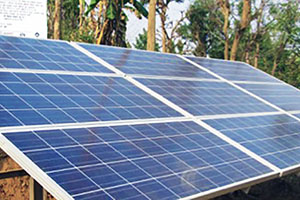
Enhancing Livelihoods of Rural Farmers in Nepal
June 28, 2017
Mr. Bhim Gurung, like many farmers in Surkhet, has significantly increased his farm income by building on the training and agricultural support he received from the District Agriculture Development Office and USAID’s Knowledge-based Integrated Sustainable Agriculture and Nutrition (KISAN) project. However, his farm was still nonproductive during the six months of the dry season, due […]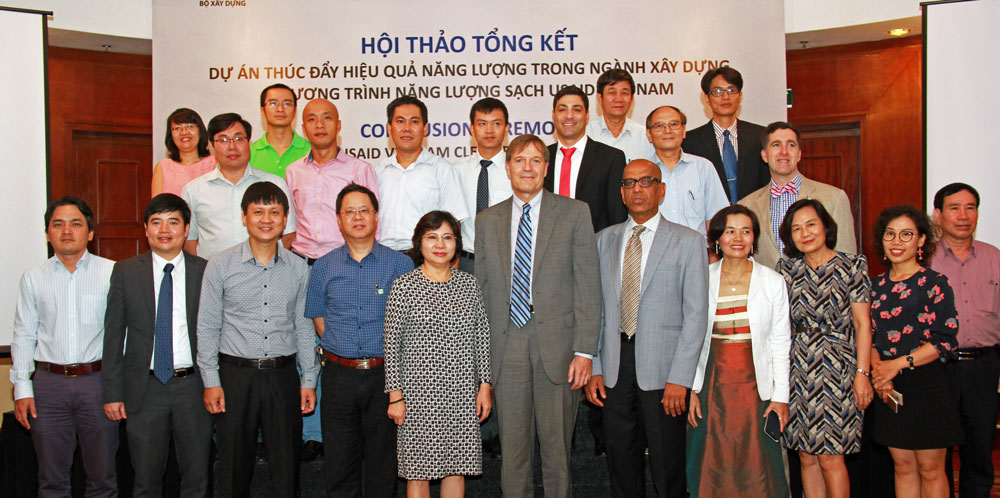
Helping Green Buildings Grow in Vietnam
June 28, 2017
On June 16, the USAID Vietnam Clean Energy Program, implemented by Winrock International, launched the first Green Growth Action Plan (GGAP) for the Vietnam construction sector. Developed jointly with the Vietnam Ministry of Construction and officially approved last month, GGAP aims to strengthen the foundation for low-emissions energy systems in Vietnam’s construction sector. GGAP makes […]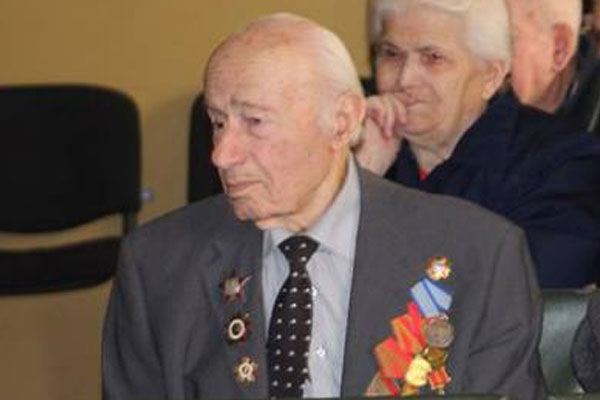
Restoring Warmth, Restoring Dignity
June 23, 2017
“For almost 25 years, our building had inadequate heat and hot water. We had to live in severe conditions. But things changed with this project.” Murman Khachapuridze, a retired journalist and resident of the Tbilisi Elders Boarding House Warm Elderly, a project of USAID’s Enhancing Capacity for Low Emission Development Strategies (EC-LEDS) Clean Energy Program, […]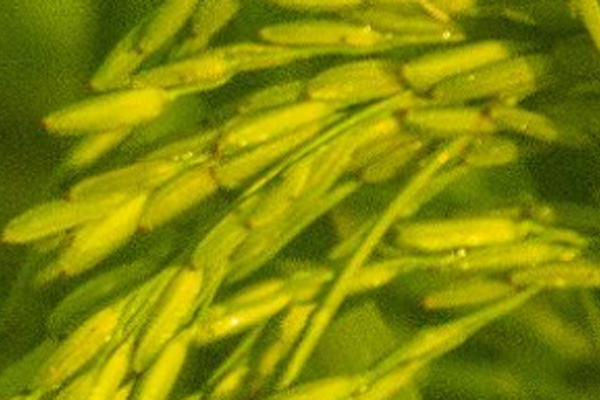
U.S. Farmers Earn First Carbon Credits from Rice Production using Winrock’s American Carbon Registry Rice Protocol
June 20, 2017
“Through a voluntary rice protocol developed by [Winrock International’s American Carbon Registry], rice growers in the Sacramento Valley of California and the Mid-South (Texas, Arkansas, Mississippi and Louisiana) can implement voluntary conservation management practices on their land that reduce methane, a potent greenhouse gas. Methane management practices include dry seeding, early drainage and alternate wetting […]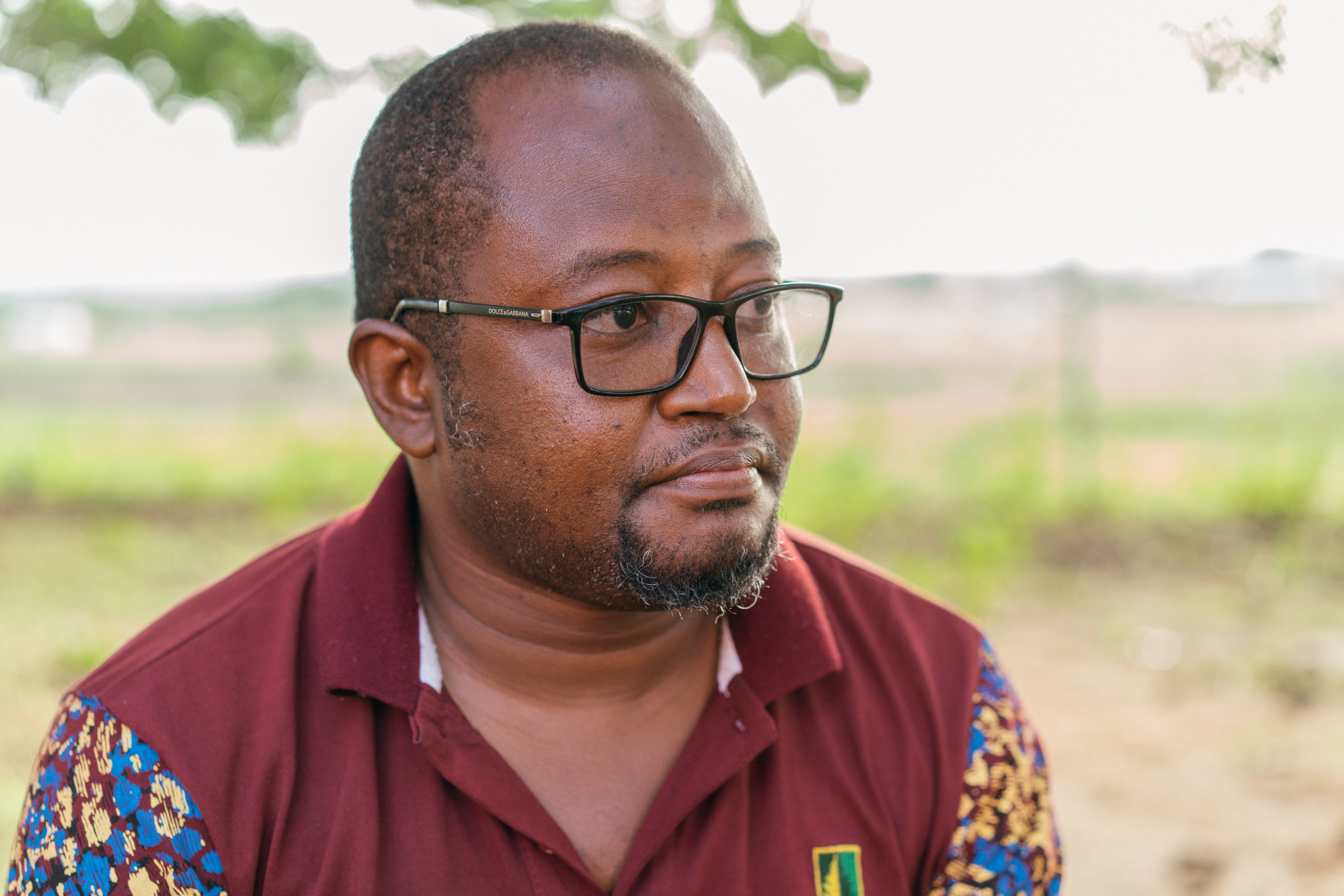
MUSing on Water in Northern Ghana
June 20, 2017
By Gabriel Sidman, Winrock Spatial Analyst As an intense sun beat down on northern Ghana, a barefoot child scooped drinking water from a drying puddle, a field of corn struggled to grow at the edge of a eroding riverbank, and women journeyed across town with buckets of water on their heads. Northern Ghana receives 90 percent […]
John Cool (1926-2017)
June 15, 2017
Former Winrock Senior Associate John Cole Cool, a social anthropologist and diplomat with a passion for international development, passed away on April 6. He was 90 years old. According to an obituary on Legacy. com, his career spanned 55 years, four continents and 10 countries. It also spanned some of Winrock’s early history, since Cool […]
Images of Change
June 13, 2017
The children are splashing in a creek, kicking a ball, sitting in a classroom. The award-winning photographer Paolo Patrizzi captured these moments to document the work of the Actions to Reduce Child Labor (ARCH) project in Liberia, implemented by Winrock and funded by the U.S. Department of Labor. More than 100 people came to a […]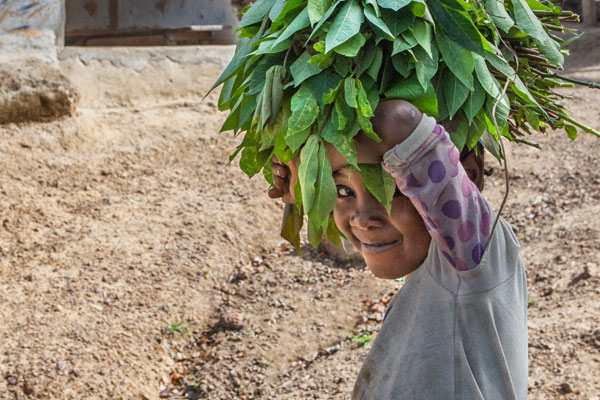
Picturing Dignity
June 5, 2017
“In Liberia I felt a certain empathy, and a need to show that dignity is not an exclusive of the rich countries but exists all over the planet,” says award-winning photographer Paolo Patrizi describing the photographs he took of Winrock’s Actions to Reduce Child Labor (ARCH) project in Liberia. Winrock is sponsoring a special one-day, […]